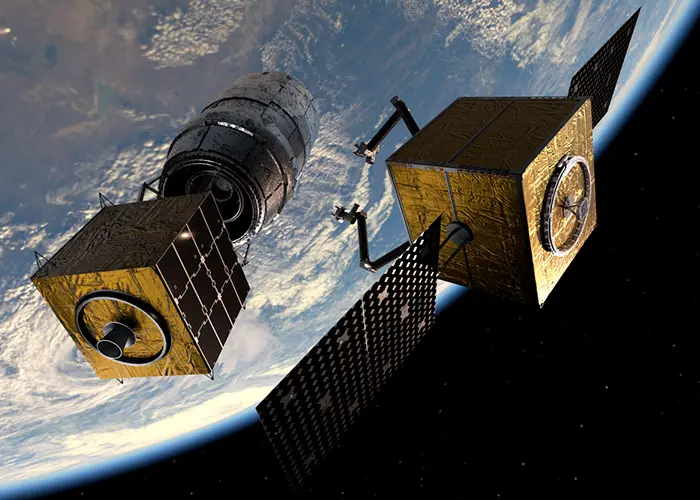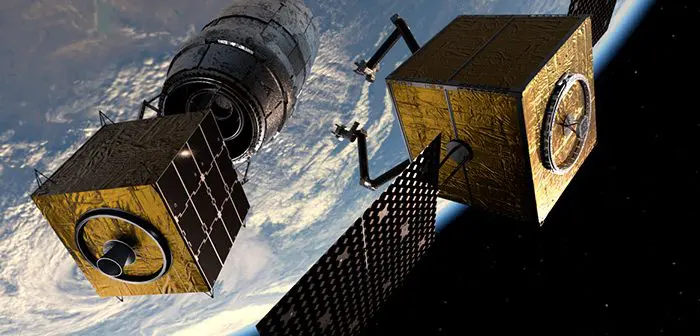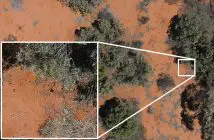
Astroscale Holdings Inc. has secured a significant U.S. patent (No. 12,234,043 B2) for its innovative “Method and System for Multi-Object Space Debris Removal.” This breakthrough introduces a reusable, distributed architecture designed to make active debris removal (ADR) scalable, cost-effective, and safer for both orbit and Earth.
With low Earth orbit becoming increasingly congested due to ageing satellites and fragmented debris, the challenge of clearing space clutter is critical to protect future space operations and minimise risk on the ground. Traditional debris removal methods struggle with costs, agility, and fuel limitations—especially for missions involving multiple large objects.
Astroscale’s patented system overcomes these hurdles by deploying a reusable servicer that docks with debris objects before transferring them to a “reentry shepherd” vehicle in a lower orbit. The servicer then moves on to the next target, while the shepherd guides the debris safely through controlled reentry, preventing hazardous fragments from threatening populated areas or critical infrastructure.
Mike Lindsay, Astroscale’s CTO, explains: “Our distributed approach enables multiple large debris objects to be removed economically and sustainably. By reusing servicers for successive missions rather than sacrificing them during reentry, we reduce costs and minimise the release of harmful materials into Earth’s upper atmosphere.”
This flexible system supports various mission profiles, accommodating both prepared satellites with docking interfaces and large, legacy debris not originally designed for servicing. Astroscale’s upcoming ELSA-M mission, launching in 2026, targets prepared inactive satellites, while this newly patented method addresses the more challenging unprepared debris such as rocket bodies.
The patent strengthens Astroscale’s IP portfolio and underscores its leadership in pioneering sustainable, practical on-orbit servicing solutions—an increasingly vital endeavour as space becomes more crowded.
Innovations like Astroscale’s offer critical technology foundations to ensure the long-term safety and sustainability of orbital environments relied upon by communications, defence, and scientific communities.





